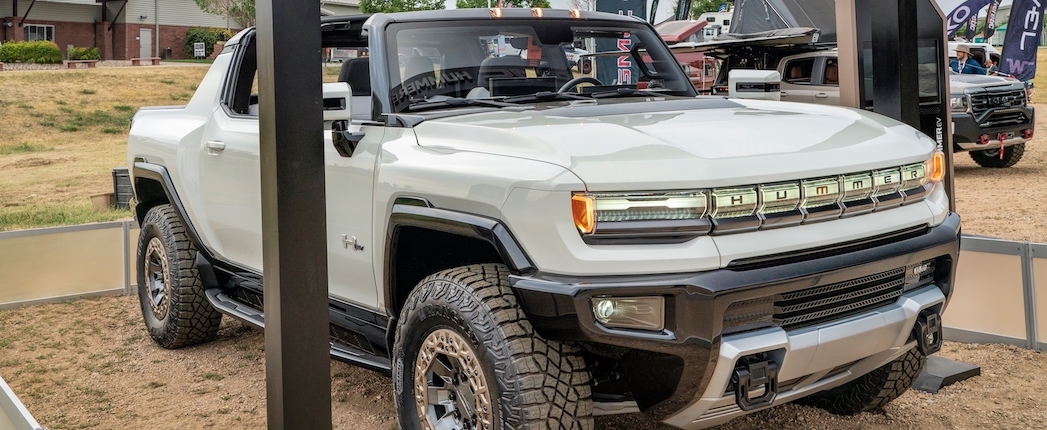
The Alliance for Automotive Innovation has bristled at the U.S. Environmental Protection Agency’s stricter vehicle emissions cap. If implemented, by 2032 it could mitigate 7.3 billion tons of carbon dioxide, claims the EPA. The AAI said in a recent press release the target is “neither reasonable nor achievable.”
The AAI represents most of the world’s largest original equipment manufacturers tier suppliers. Between them, they make 97% of the cars sold in the United States.
The new proposed standards would set a fleet average of 51 grams of CO2 per kilometer by 2032. This represents a 56% reduction from the existing 2026 target. The European Union’s current fleet-wide emissions cap is 95 gm CO2/km but is zero by 2035.
So that carmakers can meet the EPA’s standard and avoid penalties, up to 67% of light duty vehicles sold would have to be BEVs by the target year. This, says the AAI, is a “mandate for battery electric vehicles,” although the EPA refutes this claim. As long as automakers meet the target, the policy is agnostic on what technology achieves it.
In the first quarter of 2023, there were 97 EV cars, utility vehicles, pickups and vans on the U.S. market. More than 305,000 EVs were sold in that period, an increase of 56% over 2022.
The AAI wants the new target to align with President Biden’s 2021 executive order that wants 50% of vehicle sales BEVs or plug-in hybrids by 2030. Major automakers had already agreed to this at the White House EV summit in August 2021.
AAI CEO John Bozzella wrote the EPA’s proposed emissions cap is based on “hopeful assumptions,” such as batteries being vastly cheaper. It also “substantially underestimates the cost of batteries while overestimating the availability of consumer and manufacturing tax credits,” AAI wrote in a statement.

Sorry, a technical error occurred and we were unable to log you into your account. We have emailed the problem to our team, and they are looking into the matter. You can reach us at lubesngreases@omeda.com.
Click here link to homepage